Ficus Bonsai: The Ultimate Care Guide for Indoor Miniature Tree Lovers
Hey there, fellow plant enthusiasts! If you’ve ever dreamed of owning a miniature tree that looks like it’s straight out of a fairy tale, let me introduce you to the world of ficus bonsai – a living piece of art that can transform your indoor space.
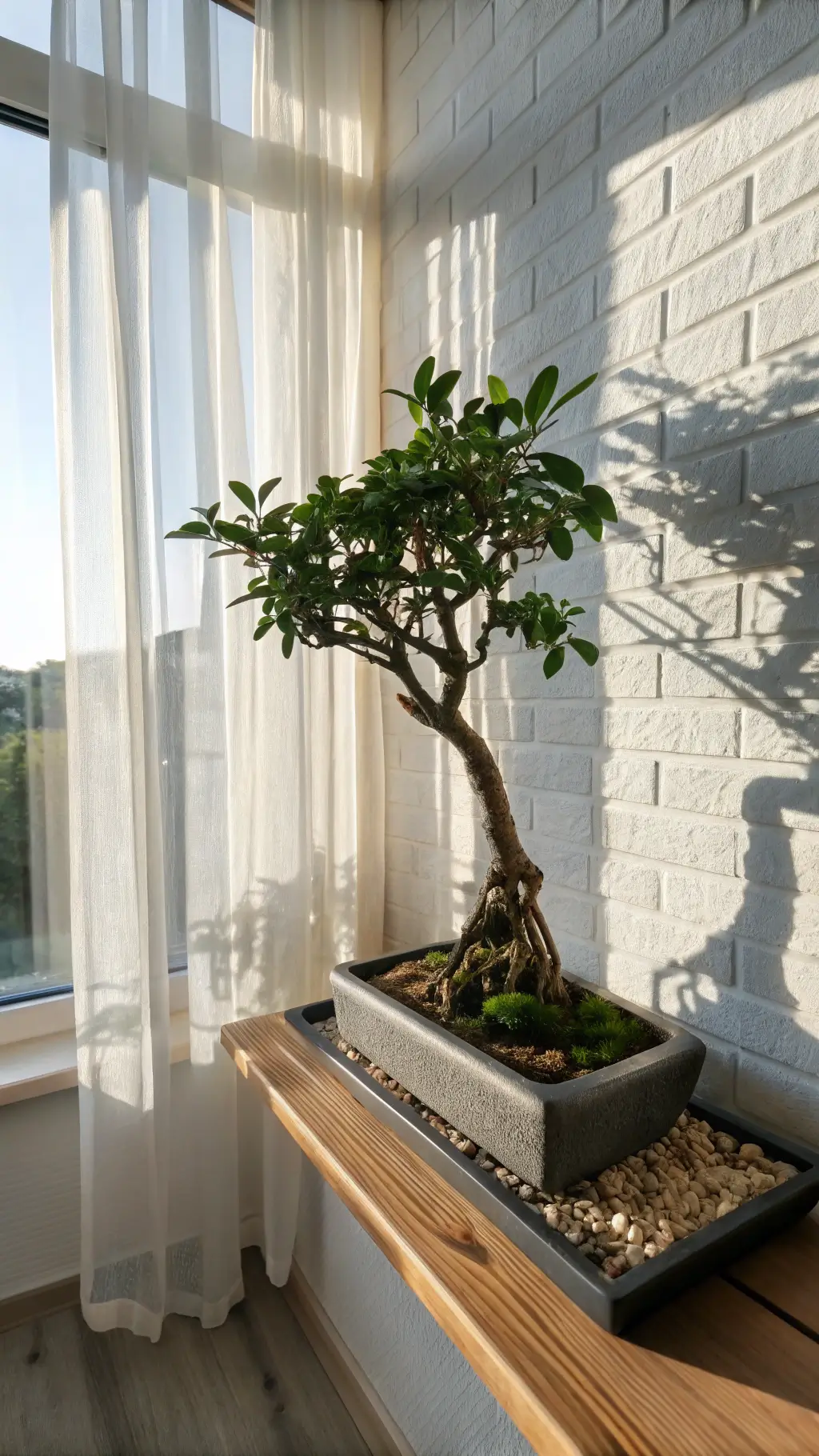
Why Ficus Bonsai? Understanding Your Miniature Green Companion
Ficus bonsai trees are not just plants – they’re living sculptures that demand attention and care. Before we dive deep, let me share why these little trees are absolute game-changers for indoor gardening.
Mastering Light: The Sunshine Sweet Spot
Lighting is crucial for your ficus bonsai’s survival.
- Ideal Location: Bright, indirect sunlight is your best friend
- Perfect Windows: South or east-facing windows rock
- Sunlight Tips:
- Morning sun? Absolutely welcome
- Harsh afternoon sun? No thank you
- Low light? Possible, but expect slower growth
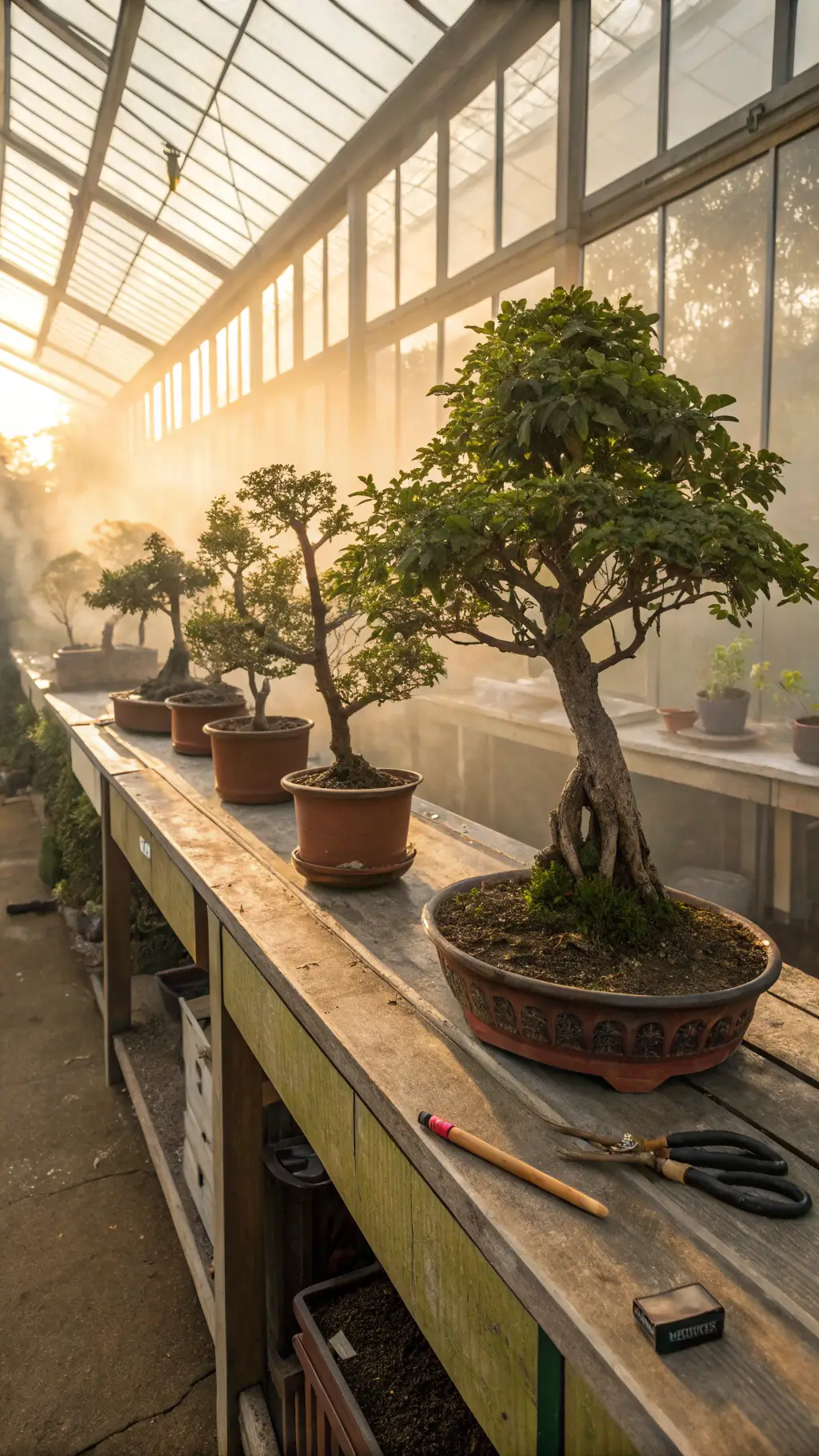
Watering: The Delicate Dance of Moisture
Think of watering your ficus bonsai like brewing the perfect cup of coffee – precision matters!
- Check soil moisture by touching top 1-2 inches
- Water thoroughly when soil feels dry
- Let excess water drain completely
- Pro tip: Overwatering is a killer – literally!
Temperature & Humidity: Creating the Perfect Microclimate
Your ficus bonsai is basically a tropical diva that loves specific conditions:
- Temperature Range: 60-80°F (15-27°C)
- Minimum Tolerance: 50°F (10°C)
- Humidity Sweet Spot: 50-60%
Humidity Hacks:
- Use a humidity tray
- Mist leaves regularly
- Group with other plants
Soil & Nutrition: Feeding Your Miniature Tree
Soil Requirements:
- Well-draining bonsai mix is non-negotiable
- Think light, airy, and nutrient-rich
Fertilization Schedule:
- Every 2 weeks during growing season
- Balanced liquid fertilizer works magic
- Reduce to monthly in fall/winter
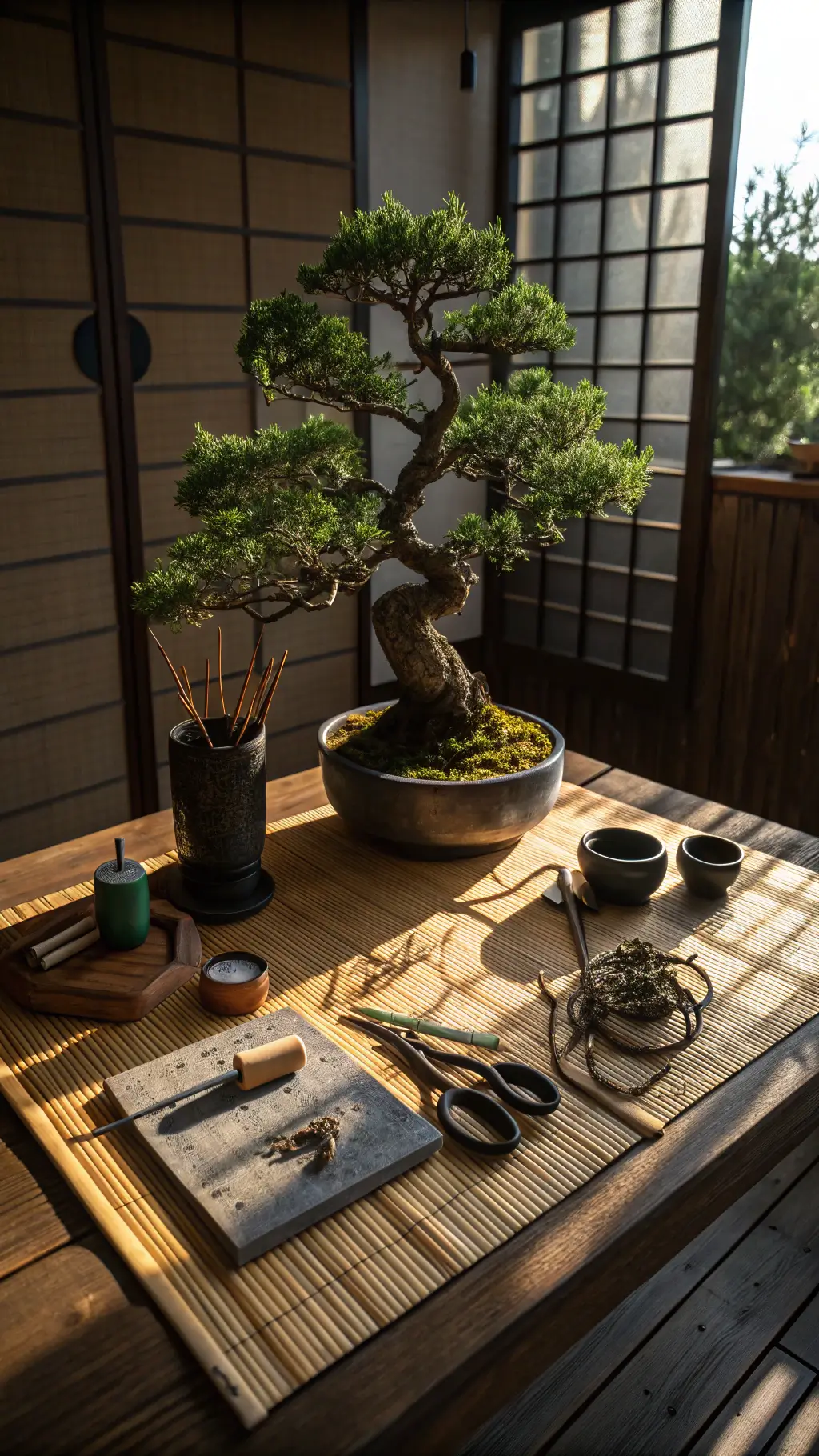
Pruning: Sculpting Your Living Artwork
Pruning is where the magic happens!
- Regular trimming maintains shape
- Cut new growth to 2-3 leaves
- Major pruning in early spring
- Careful wiring prevents bark damage
Repotting: Giving Your Bonsai Room to Breathe
Repotting Rhythm:
- Every 2-3 years
- Best done in spring
- Prune roots gently (up to 1/3)
- Choose slightly larger pot
Pest Control: Protecting Your Green Investment
Common Enemies:
- Scale insects
- Spider mites
- Mealybugs
Defense Strategies:
- Insecticidal soap
- Neem oil treatments
- Improve air circulation
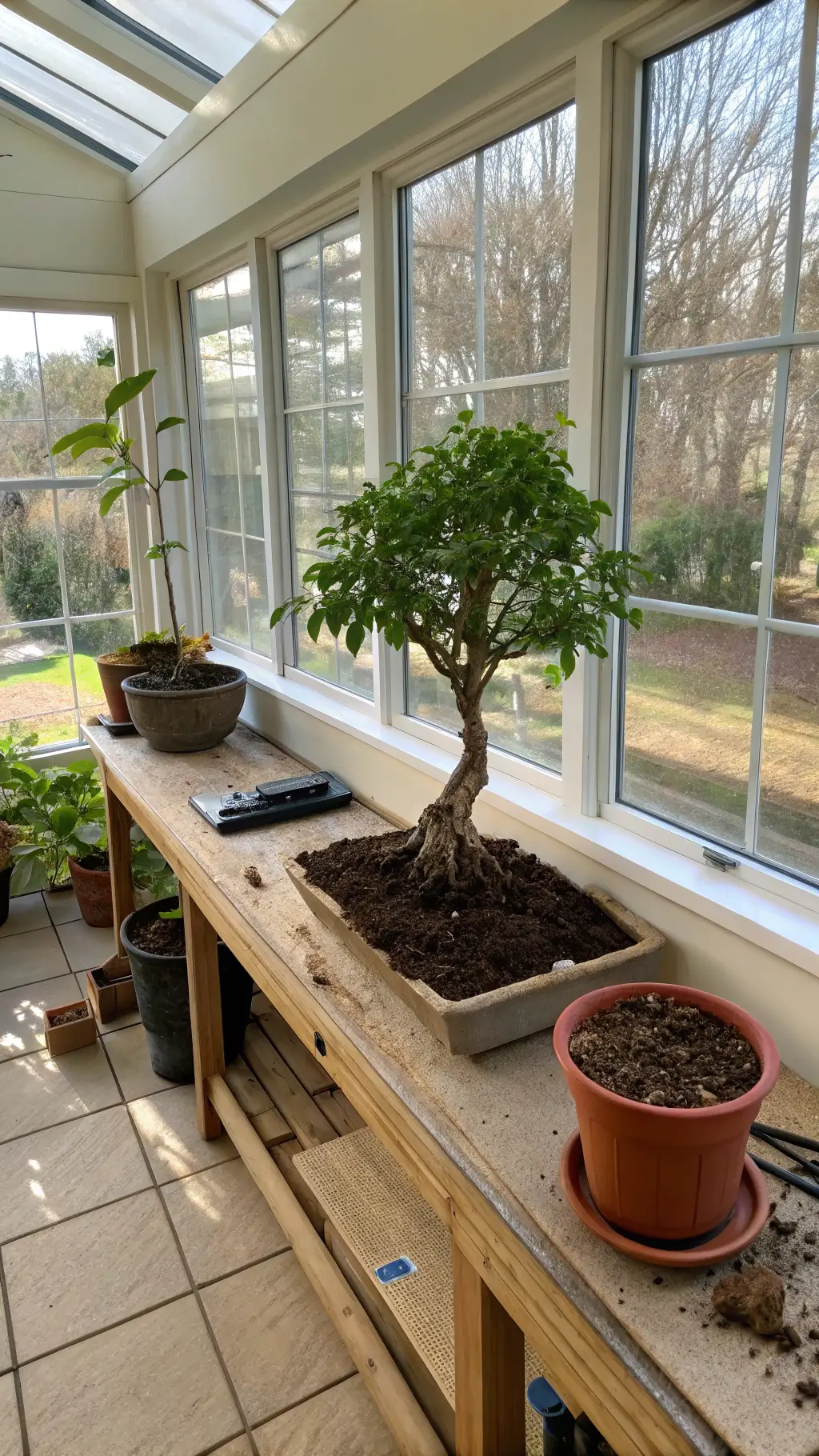
Special Care Insights
Bonus Tips:
- Tolerates some neglect
- Might drop leaves during transitions
- Develops cool aerial roots
- Patience is key!
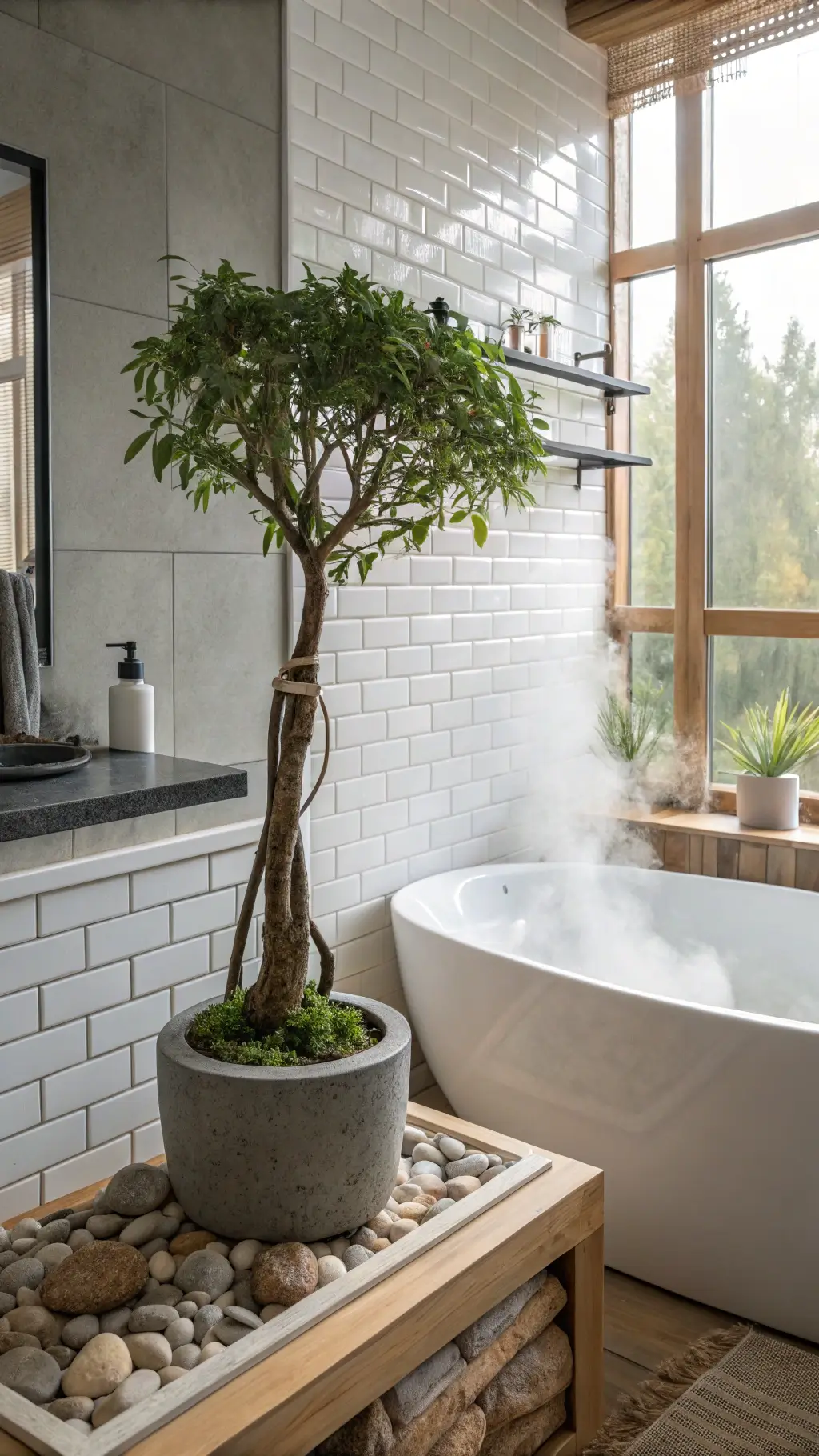
Final Thoughts: Your Bonsai, Your Journey
Remember, every ficus bonsai is unique. What works for one might need tweaking for another. Enjoy the process, stay observant, and don’t be afraid to learn through experience.
Pro Tip: Take photos of your bonsai’s progress. You’ll be amazed at how it transforms over time!
Happy bonsai growing, plant friends! 🌿✨
